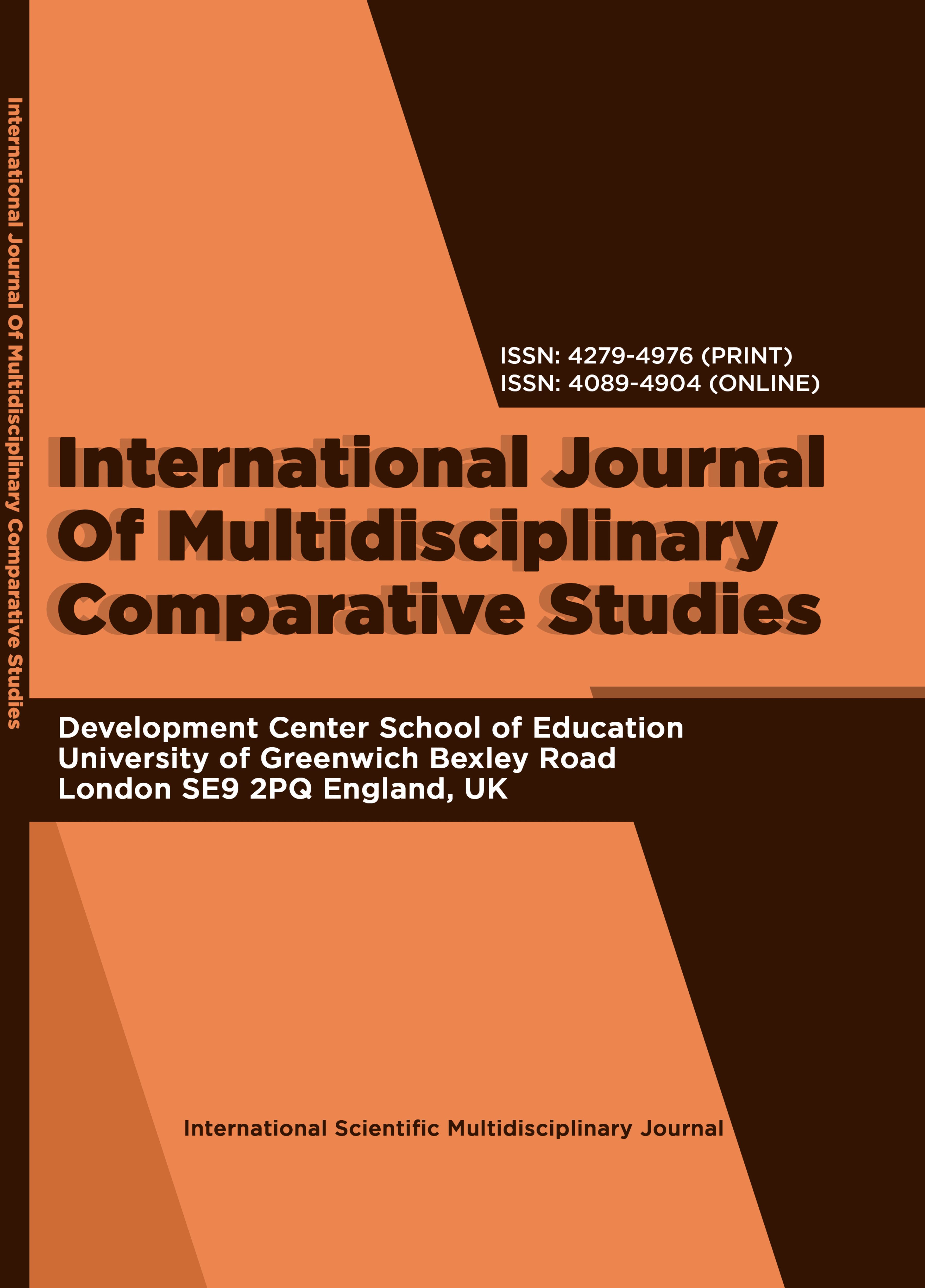INTERNATIONAL JOURNAL OF MULTIDISCIPLINARY COMPARATIVE STUDIES (IJMCS)
Analysing the Alignment between Grammar Knowledge and General English Proficiency Levels of High School Students: A Case Study
E-ISSN: 4089-4904
P-ISSN: 4279-4976
DOI: https://iigdpublishers.com/article/360
The aim of this study is to indicate that the factors affecting the learning of English by young generations have diversified considerably. Learning the grammatical structure, which is very effective among traditional foreign language learning methods, has fallen into the background in new generations. Therefore, there is a great inconsistency between the general English level of the students and their grammar knowledge. Students who can easily understand while watching any movie fall behind in grammar knowledge. In this study, students were given a placement test to measure their grammatical knowledge. In addition, a story book at B2-C1 level was asked to them to read and an exam was given from this book. In order to further measure the English level of the young learners, a quiz from a movie that was intended to measure their level was applied to them. Thus, the difference was revealed. Although grammar falls into the background in learning English, this appears to be a problem in international exams such as the SAT. This study was done with 20 of the 11th and 12th grade students at Rise International School in Erbil. Finally, the grades of the students on the SAT English were evaluated. It was concluded that since grammar attracts less attention of the students than it must do as far as official exams are concerned, they exhibit relatively low success in English section of SAT than Mathematics especially because of lack of grammar knowledge. As a result, students should be encouraged to deal more with grammar to increase their success in international exams. Keywords: Immediately after the abstract, provide a maximum of 8 keywords, avoiding general and plural terms and multiple concepts (avoid, for example, ‘and’, ‘of’). Be sparing with abbreviations: only abbreviations firmly established in the field may be eligible. (font: Times New Roman 10, Bold, line space 1.0, each word should be capitalized).
BEHCET CELIK
Antón, M. (1999). The discourse of a learner‐centered classroom: Sociocultural perspectives on teacher‐ learner interaction in the second‐language classroom. The Modern Language Journal, 83(3), 303-318.
Biber, D., Gray, B., & Poonpon, K. (2011). Should we use characteristics of conversation to measure
grammatical complexity in L2 writing development?. Tesol Quarterly, 45(1), 5-35.
Bilgin, R., & Bingol, M. (2022). Intentional Vocabulary Learning Vs Incidental Vocabulary Learning for Beginner Students: Tishk International University Preparatory School Case. Canadian Journal of Language and Literature Studies, 2(3), 54-71.
Chang, S. C. (2011). A contrastive study of grammar translation method and communicative approach in teaching English grammar. English language teaching, 4(2), 13.
Chung, S. F. (2017). A communicative approach to teaching grammar: theory and practice. The
English Teacher, 18.
